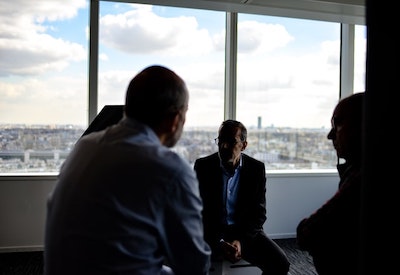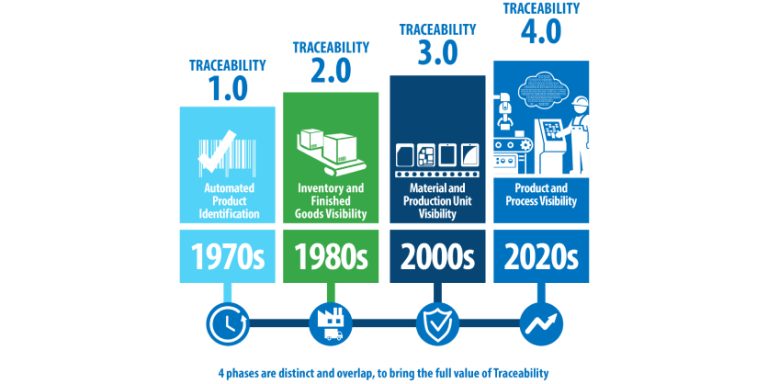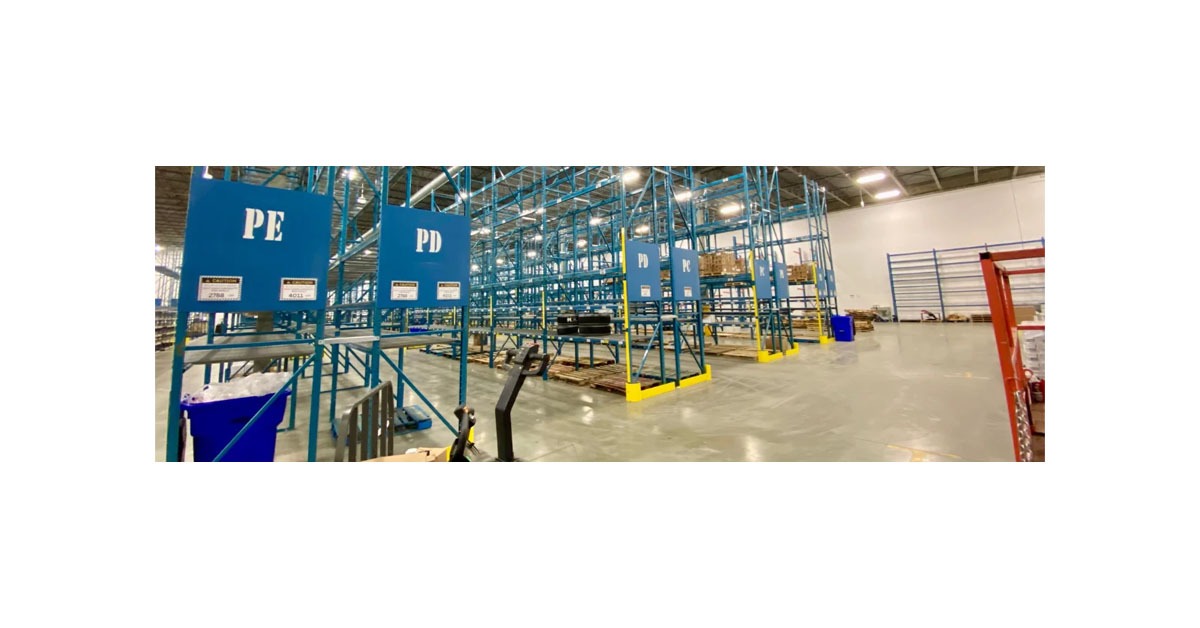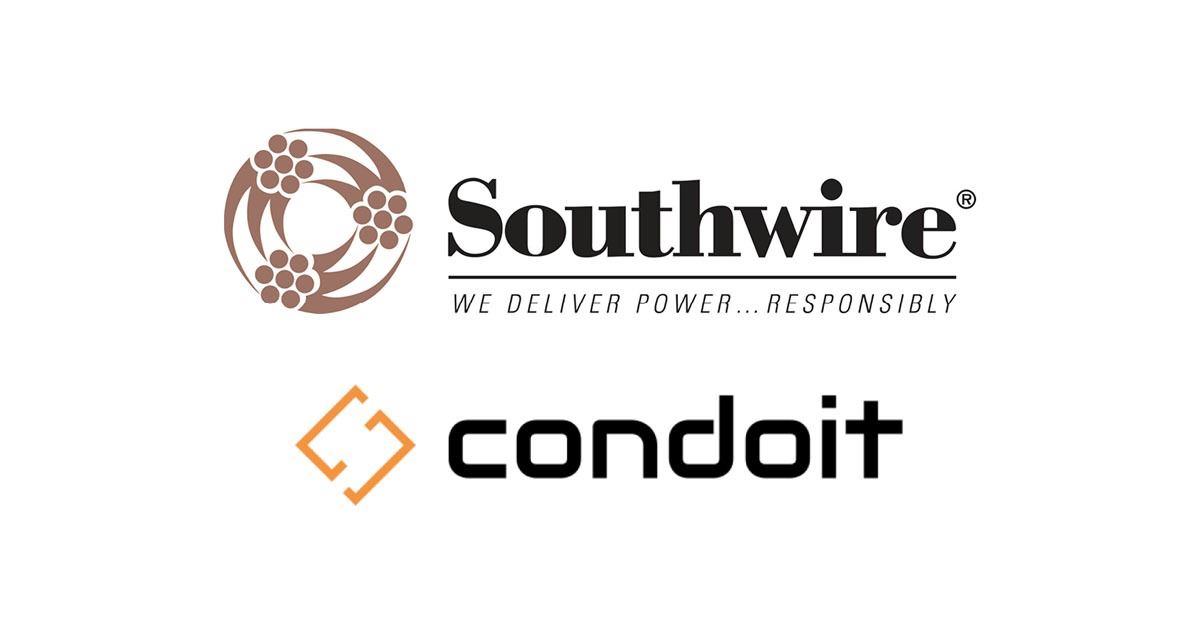Strategies in Light Observations: Distributor LED Opportunities

David Gordon
Periodically we like to invite guest bloggers to share ideas, opinions and insights, or to report from conferences that we’ve been unable to attend. Recently, Ted Konnerth, President of Egret Consulting Group, a leading recruiter in the electrical and lighting industry (and himself a lighting industry veteran), attended Strategies in Light and shared his impressions. We’ve added some comments in italics.
Strategies in Light held their first joint conference with the LEDShow during the last week of February. Attendance was solid and the technical conferences featured four different tracks of presentations covering arcane technical issues to overall market influences on the adoption of LED. On Tuesday, they held their Investor Forum; a mini-version of the popular Shark Tank TV show, Investor Forum features a panel of eight investors and a rotating presentation of emerging companies.
The conference is by far the industry leader in covering all issues pertinent to LED technology. I came away from the presentations and private meetings with a long list of interesting concepts:
1. LED has had over $4B of investments over the past 10+ years and most investors have lost money in the technology. The reasons for the losses varied but one comment by the investor panel was particularly notable:
• The channel matters. The investor explained that bringing new technology into a legacy market takes time and energy that was largely unanticipated by the newer entrants. As many of the newer companies were in a rush to revenue, they carved their own paths to market… and mostly failed. I’ve remarked several times over the past 7-8 years that selling light bulbs is a whole lot more complicated than most people believe; and relationships matter.
• This has significant implications for distributors and is a way for distributors to differentiate themselves, especially as continued generations of LEDs come to market, designed to replace prior generations. Consider how you can become THE lighting solution in your marketplace (has anyone in your marketplace staked out this positioning?)… to customers as well as suppliers. It’ll require an investment in training, staffing and marketing. And down the line, what role could distributors (or their subsidiaries), play in data management, or offering data analysis tools, or…
2. M&A valuations for LED have declined. This is a direct response to the loss history. Investors are far more wary of rosy predictions and novel solutions to selling those products.
It may also have to do with the fact that the financial dynamics for this aspect of the industry have changed. Years ago the major lamp lines (and fixture lines) could milk their R&D and manufacturing lines as there wasn’t much change, other than aesthetics for fixtures. Nowadays, R&D and tooling costs have increased as new LED research and products are introduced regularly. This also changes the inventorying dynamics for distributor as well as increases training costs. Lighting has moved to an electronic product and probably needs to take some cues from the electronics industry.
3. Acquisitions have declined. The major strategic companies had a very quiet year of acquisitions in 2014 (Acuity, Eaton, Hubbell, Cree, Philips, GE). They felt that M&A may pick up steam in 2015 and as evidenced by Acuity’s eye-popping valuation for Distech this week… we may be back in acquisition mode.
• And it is interesting that some of these acquisitions take acquirers into different aspects of “controls” or “functionality.”
4. IPOs are expected to rise, primarily fed by the much heralded spin-off of LumiLeds by Philips.
5. The available market is still huge, with the replacement lamp market estimated as 45 billion sockets with only 5% filled by LED currently. Ironically, as LED replacement lamps rise the expected peak is a forecast decline by 2022 as the LED fulfillment and long-life shrinks the market.
• In talking to LED companies, the residential, commercial retrofit and industrial markets are essentially untapped markets.
6. The global fixture market is estimated currently at US$59B with US$19B being LED. The market is projected to rise to $66B by 2022.
• Probably mostly built around new construction initiatives with any retrofit fueled by utility rebates.
7. Low voltage distribution is rising and is seen by many companies as a large movement in the near future, with estimates of construction cost savings of US$75/sqft or more. With LED enabling the low voltage movement, I think this will become the primary mode of power distribution in homes in the near future.
• This is interesting. Could it be that low voltage distribution equipment companies could eventually migrate to lighting? Or wiring devices to bridge the gap?
8. Lighting is moving quickly into bio-genetics with new bulbs that can affect circadian rhythms, or promote plant growth or farm animal growth and integrate into newer smart devices like Nest.
• Kind of cool. Think about distributor salespeople expressing these benefits to end-users? To contractors?!
9. And then there’s the real future: the Internet of Things (IoT). It was notable that one of the keynote speakers was a senior VP of Cisco. Cisco? At a lighting show? Really?
• Could the IoT bring distributors full circle… back into the appliance business? Or should “showrooms/demo rooms” include props that relate to IoT from other distributors/retailers in your marketplace?
Really… Cisco is heavily invested in the technology of IoT, including security and mass-adoption practices. There are currently 12B devices that connect to the internet; globally. By 2020 that number will be over 50B devices.
There are companies already developing data collection and management solutions through lighting that will feed into the Big Data movement. A “simple light bulb” integrated with sensors and communication capabilities can do a lot more than light up your closet.
• And is there a role for an additional revenue stream for distributors? Is there another business model that could be developed if a distributor created the demand and added value to the process?
And one final note… the transition to LED seems to be working despite years of naysayers and sceptics. DOE reported that last year the US saved $1.8B in utility bills. And that number will grow significantly, spurring a rise in the investor-owned utility community to create new revenue streams via promoting solutions that in essence sells less of their product.
• And, coupled with the shale output in oil and gas, what could these dynamics, plus energy conservation, other efficiency efforts and initiatives to increase vehicle MPG due to oil usage (not the price of oil as there could be other global events that trigger that)?
The pace of technology growth is the highest of any time in any currently living person’s life. It is exciting, confusing, bewildering and amazing. Enjoy the ride.
Thank you Ted. As we can see, much going on in the LED world. Wonder how many electrical distributors attended? If you have an LED focus, perhaps this show, in addition to LightFair, should be on your training schedule?
Thoughts regarding LEDs?
David Gordon is president of Channel Marketing Group. Channel Marketing Group helps manufacturers and distributors to accelerate growth while building shareholder value. Initiatives focus on strategic planning, marketing planning and marketing research. He can be reached at 919.488.8635 or dgordon@channelmkt.com.
More in CEW by David Gordon:
Innovation Takes Culture, Not Only Books: Part 1
Innovation Takes Culture, Not Only Books: Part 2
Selling Lighting or Selling Data?
Is it Time to Hit the Reset Button?
Boosting Performance at Your Webstore
Amazon Upgrades from Supply to Business
Evolving the Role of Marketing Within Your Distributorship
Are You Ready To Sell LEDs Differently?
16 Distribution Industry Trends for 2016
Lighting the Way to Demand Creation
Converting Emails Into Sales Through Thoughtful Communications
Learning from Amazon and Generating Ideas
Turning Your Staff into a Competitive Advantage
Sales and Marketing – How Can Joint Sales Calls Become More Effective
Creating Demand to Drive Profitable Growth
Is Your Company a Kool-Aid Drinker?
What Manufacturers (and Their Reps) Don’t Know About Distributor Joint Sales Calls











